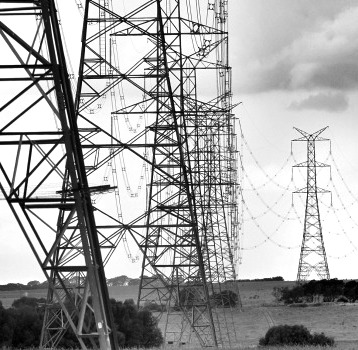Pole cost set to soar
 A watchdog has reported on the cost of overhauling electricity grids to deal with the renewable energy transition in WA.
A watchdog has reported on the cost of overhauling electricity grids to deal with the renewable energy transition in WA.
Western Australia's economic regulator says the state's major electricity network provider will have to spend $9 billion over the next five years - $1 billion more than it requested - to upgrade poles and wires.
Economic Regulation Authority chairman Steve Edwell - who was also the inaugural chairman of the Australian Energy Regulator - says the findings show an urgent need to upgrade Western Power's network to handle the surge of renewable energy flooding onto the system.
Mr Edwell says it is a sign of what is to come around the country, where poles-and-wires companies face huge increases in costs to make sure they can keep up with the energy transition.
“The period between now and 2027 is pivotal,” Mr Edwell has told rpeorters.
“We've got to get it right and we've got to make sure the grid is in as good a shape as it can be to enable this transformation to continue at pace.
“That's the broad context and it's a context which is repeatable across the nation.
“With a whole bunch of new technologies coming in and the generation mix fundamentally changing rapidly, we're in a different paradigm.”
Network operators in charge of poles and wires are required to have their spending plans vetted by regulators because they are ‘natural monopolies’, and would not otherwise face competitive pressures.
The ERA says Western Power's five-year spending plans to 2027 should be allowed to rise significantly compared with the past five years to account both for the effects of higher inflation and interest rates, as well as spending on new equipment.
This includes renewable technologies such as medium and large-scale batteries to help “firm” the network as wind and solar capacity increases.
He also says Western Power should be allowed to spend more putting power lines underground to reduce the risks from storms, floods or bushfires, and to fast-track the rollout of standalone power systems in regional and remote areas.
“What's happened is the distribution system, the small poles and wires, hasn't had a lot of visibility before,” he said.
“In some respects it's been the quiet part of the network – all the action is happening upstream in the transmission area.
“What's happening now with so much solar PV and two-way energy flows and then battery storage ... is that distribution network owners have got to have a lot more visibility over what's happening in that part of the network.”







 Print
Print